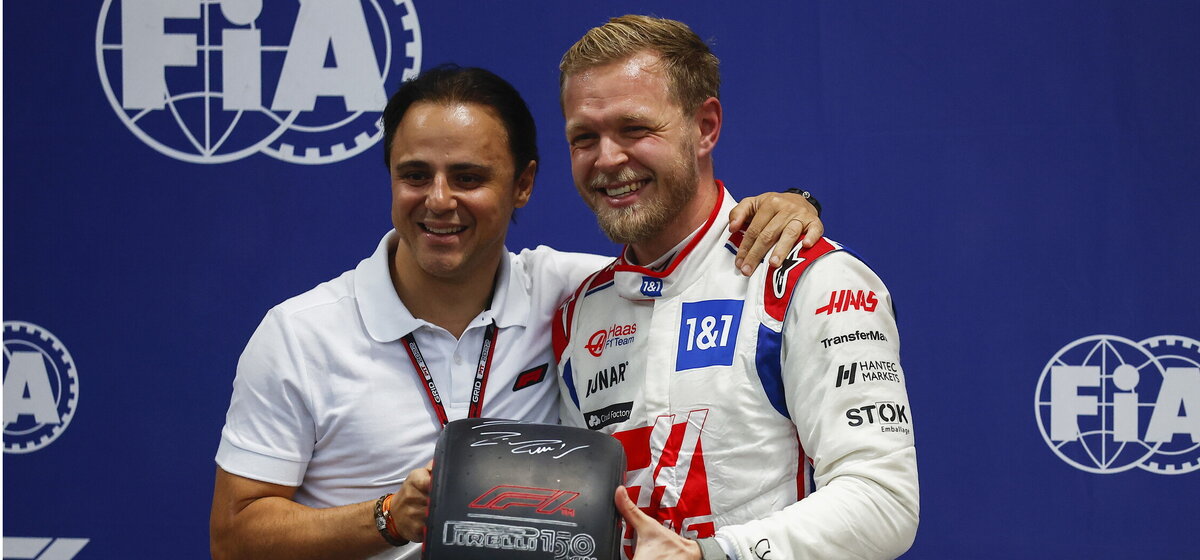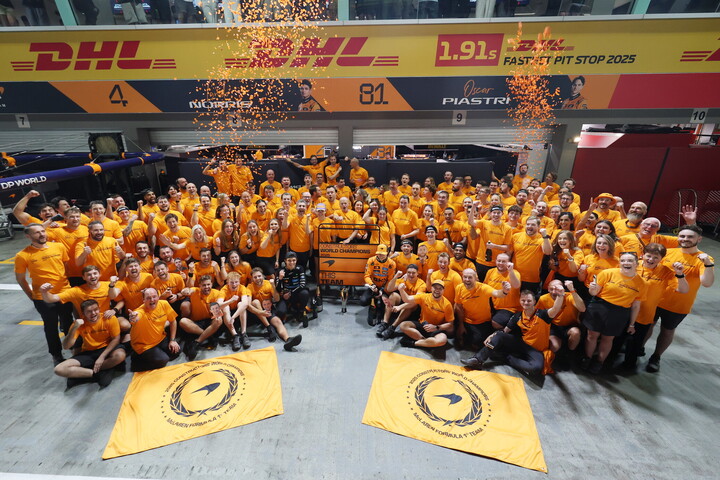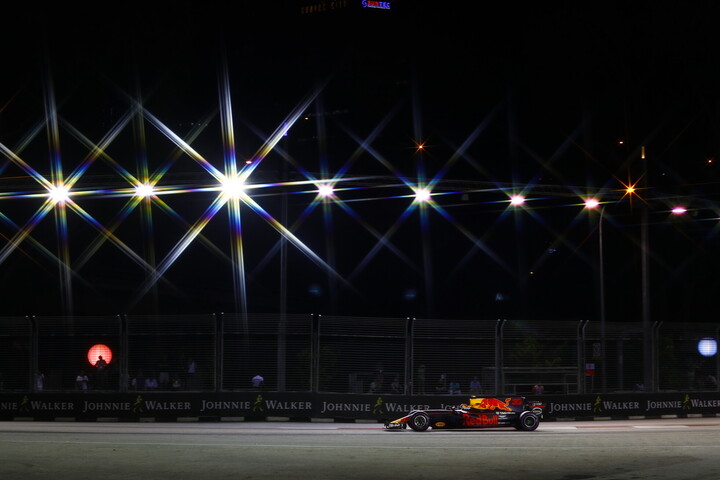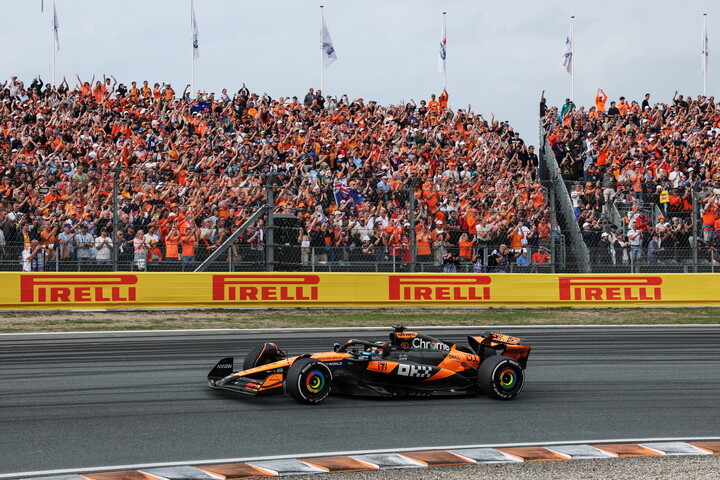A double century for Haas

This weekend's Canadian round will be special for the Haas team, as it marks its 200th appearance in a Formula 1 Grand Prix. Therefore, as has become almost obligatory these days, the cars driven by Esteban Ocon and Oliver Bearman will feature a special celebratory livery, featuring the number 200 along the side of the cockpit.

Haas first officially appeared on the F1 stage 3375 days ago for the start of the 2016 Australian Grand Prix weekend on Thursday 17 March. Since then, a lot of water has passed under the bridge and the longest standing American team in the history of Formula 1 has gone through plenty of highs and lows, securing its place in this ever more competitive sport. It has adopted an unusual approach in terms of its organisation, with its official headquarters in Kannapolis, North Carolina in the States, an operational base in Banbury, England, a technical department within Ferrari's Maranello headquarters, the Italian company having supplied the team's power unit and other elements right from the start and a chassis partner in the shape of Dallara based in Parma, Italy. It's certainly original and it has allowed the team to put down roots deep enough to survive even the most tempestuous moments, such as the one following the arrival of the pandemic in March 2020, when the very survival of some teams was called into question.

The idea behind it was to establish an American Formula 1 team, drawing on the expertise of Europe's two “Motorsport Valleys” the one in the South East and Midlands in England, the other which extends along Italy's Via Emilia. It would involve bringing together various partners without having to invest in costly infrastructure, making the most of any loopholes in the regulations. This idea actually dates back to the first decade of the 21st century. In 2009, three new teams, Campos Racing, Manor Grand Prix and USF1, put in entries to compete in the world championship as from the following year, drawn to the then FIA President Max Mosley's vision of a small teams being able to compete on equal terms with the others, thanks to the introduction of the budget cap.

Only the first two, who had genuine long-term motorsport experience, survived, making it to the opening round of the 2010 season, the Bahrain Grand Prix, albeit with different names, HRT and Virgin to be precise. The third, which dreamed of bringing the Stars and Stripes back to the Formula 1 grid, sank even before setting sail for the Persian Gulf, let down by a poor concept and the overly ambitious aspirations of its leadership. This despite some high-profile backers such as Chad Hurley, one of the co-founders of YouTube. It was at this point that Guenther Steiner entered the picture, following a conversation with Hurley. Steiner had been involved in the early days of Red Bull's F1 adventure and its foray into NASCAR and was then running his own Fiberworks Composites business in Moooresville, North Carolina, in the heart of America's motorsport valley.
Steiner suggested Hurley go down a different route that didn't involve starting a team from a clean sheet of paper. The idea was to purchase a car from an existing team, which chimed with the desire to open the door to true customer teams, like those operating in MotoGP. Ferrari was a prime mover in this, believing it was the most effective way to strengthen what was a rapidly shrinking Formula 1 grid. By the end of 2008, there was no more Honda, although Brawn GP had risen from its ashes, and in 2009, BMW and Toyota both announced they were leaving, which put their partner teams in a shaky position. The Maranello team's position was clear, that it was better to have a competitive customer team, even if that meant changing the rule that every team had to build its own chassis, rather than allow in dubious ventures led by questionable individuals, that were easy for the Ecclestone-Mosley pairing to manipulate.

Unfortunately, this strategy didn't pan out, because the teams within FOTA (Formula One Teams Association) were not unanimously behind the idea of pursuing such a radical change. In hindsight, those pushing for this major shift were proved right as those two new teams did not last long. But the seed of an idea had been planted, discussed apparently over a plate of tortellini. In the autumn of 2009, Steiner visited Dallara to explore the possibility of buying for USF1 the chassis that Dallara was building for Campos. That fell through as the Spaniards actually found the funds to pay the Italian company. As he was in the area, Steiner headed for Maranello and a lunch with Stefano Domenicali, at the time Ferrari team principal. That led to talks about how Ferrari could work with a team that was starting from scratch and a few years later, that very scenario became a reality. Before then, Steiner had met Gene Haas who liked the sound of this idea, which gradually evolved into a detailed business plan and after it had been studied in depth, the project was born. In April 2014, Haas got his license from the FIA , while in June it was announced that the team would make its racing debut in 2016 and so it did.
A fifth place in the Constructors' Championship in 2018 is Haas' best result to date, with a pole position courtesy of Kevin Magnussen in Brazil in 2022, one of the highpoints. In fact, the Dane was the longest serving driver in the team's history, competing in 146 Grands Prix, with three fastest race laps to his name. The team has yet to experience the thrill of seeing one of its drivers on the podium, but it is now a fixture on the current Formula 1 scene. On top of that, thanks in part to the exuberance of Steiner, who turned into even more of a star than Hamilton or Verstappen in six seasons of “Drive to Survive”, the team is one of the most popular on the grid. That would have been hard to imagine, way back in 2016 in Melbourne!




